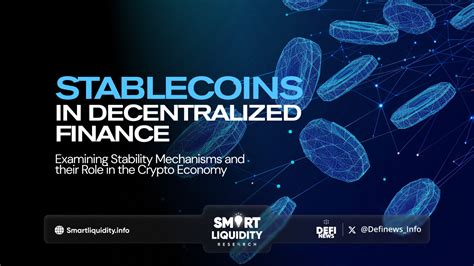Decentralized Stablecoins: A Guide for New Investors
In recent years, the cryptocurrency market has seen significant growth and volatility. While some investors have benefited from the rising prices of cryptocurrencies like Bitcoin (BTC) and Ethereum (ETH), others have lost significant amounts of money due to price fluctuations. One area that has recently gained attention is decentralized stablecoins.
What are decentralized stablecoins?
Decentralized stablecoins are a type of cryptocurrency that uses a unique algorithm to maintain their value relative to other fiat currencies, such as the US dollar (USD). Unlike traditional cryptocurrencies like Bitcoin and Ethereum, which are centralized and controlled by a single entity, decentralized stablecoins are distributed across multiple nodes on a network, making them more secure, transparent, and censorship-resistant.
Key Features of Decentralized Stablecoins
- Algorithmic Pricing: Decentralized stablecoins use advanced algorithms to continuously adjust their prices based on market conditions, ensuring that the value remains stable.
- Decentralized Governance: Unlike centralized cryptocurrencies, decentralized stablecoins are governed by a community process, where holders can participate in decision-making and vote on proposals.
- High Liquidity: Decentralized stablecoins often have high liquidity, making them easier to buy and sell on exchanges without affecting the market price.
Benefits of Investing in Decentralized Stablecoins

- Higher Yields: Decentralized stablecoins often offer higher yields compared to traditional cryptocurrencies due to their more stable value.
- Lower Risk: With a decentralized algorithm-based approach, decentralized stablecoins are less susceptible to price manipulation and market volatility.
- Increased Transparency: The community governance model ensures that all stakeholders have an equal voice in the decision-making process.
Popular Decentralized Stablecoins
- USDT (Tether): USDT is one of the most widely used and stable tokens in the world. It is pegged to the US dollar.
- USD Coin (USDC): Launched by the Bank for International Settlements (BIS), USD Coin is a decentralized stablecoin with a strong focus on security and liquidity.
- Paxos Standard: A decentralized stablecoin designed specifically for institutional investors, Paxos Standard offers a more traditional approach to price management.
Risks and Considerations
- Price Volatility: Decentralized stablecoins can still be subject to significant price fluctuations due to market conditions.
- Liquidity Risks
: High liquidity can lead to increased trading activity, which can result in higher commissions or larger price fluctuations.
- Regulatory Uncertainty: The regulatory environment for decentralized stablecoins is still evolving and may affect their adoption.
Investing in Decentralized Stablecoins
If you are new to the world of cryptocurrencies, investing in decentralized stablecoins can be a great way to diversify your portfolio and enjoy higher returns. Here are some tips to keep in mind:
- Do Your Due Diligence: Understand the technology behind each stablecoin, its use cases, and potential risks.
- Diversify your portfolio: Spread your investments across multiple stablecoins to minimize risk.
- Set clear investment goals: Determine how much you want to invest and how much risk you are willing to take.
Conclusion
Decentralized stablecoins offer a promising new direction for investors looking to capitalize on the growing demand for stablecoins. By understanding the key features, benefits, and risks associated with decentralized stablecoins, you can make informed investment decisions and achieve better returns.
